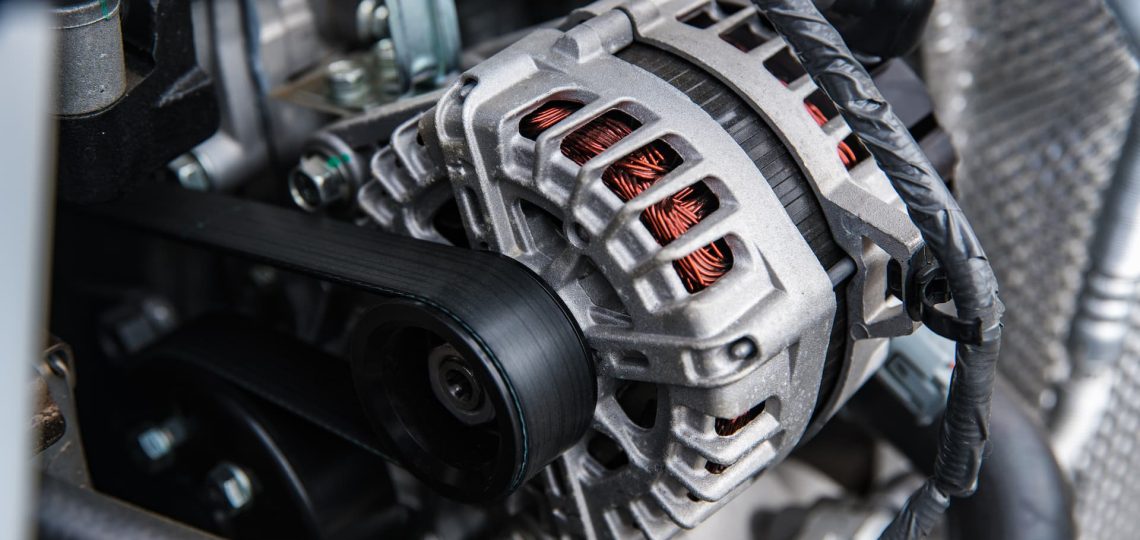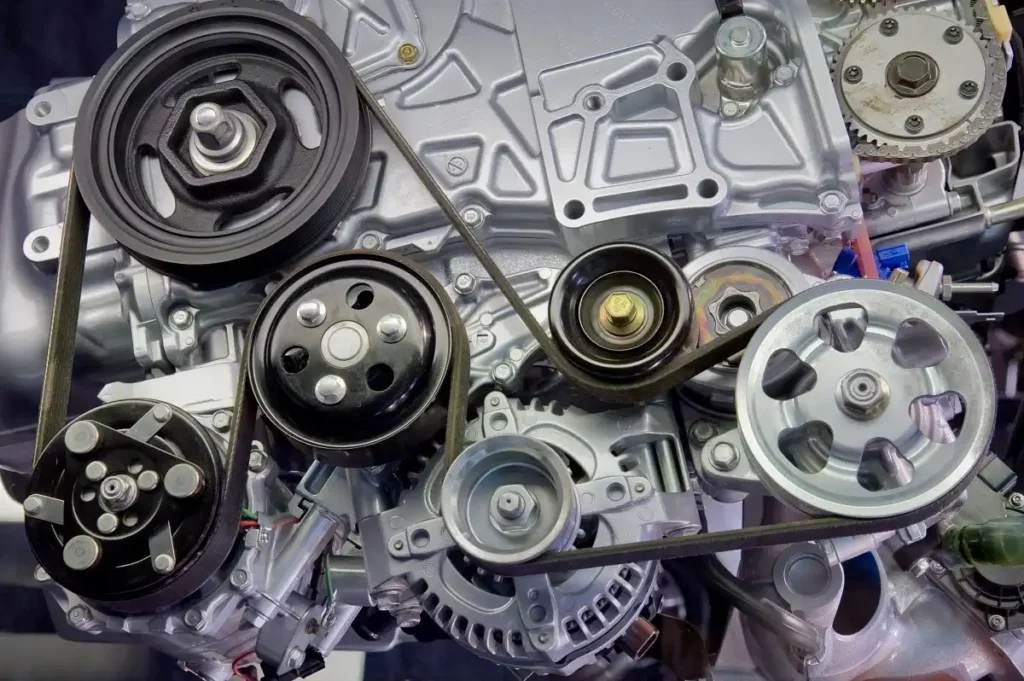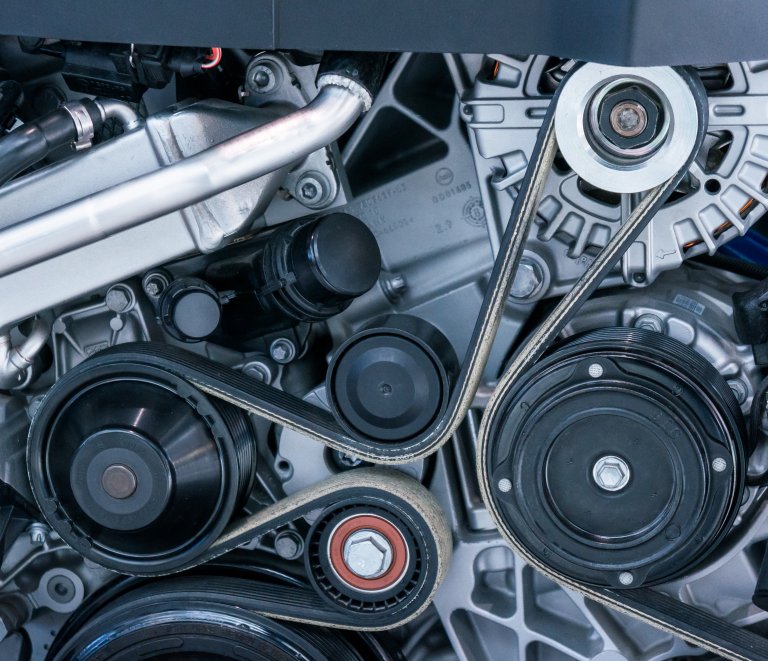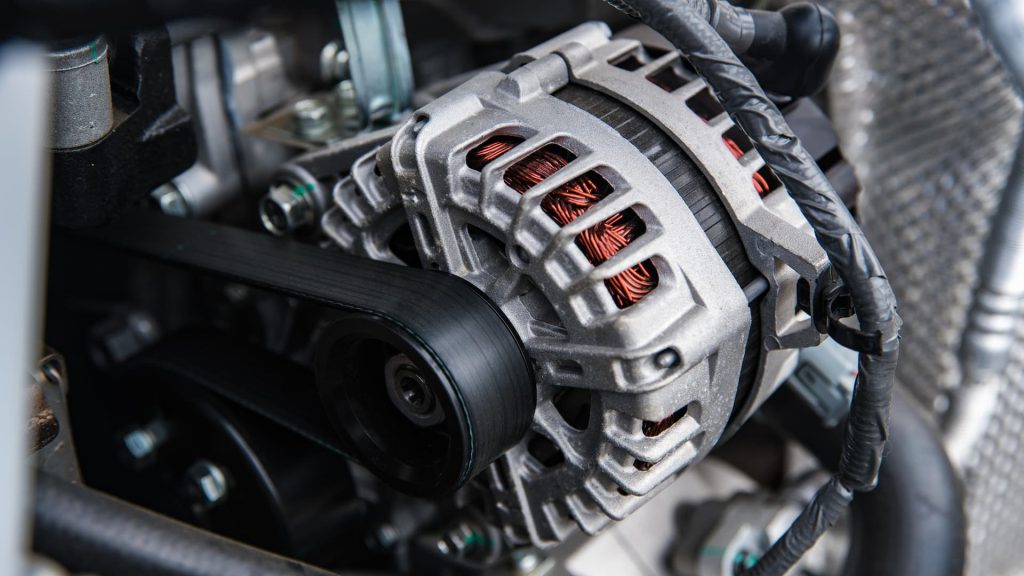
Serpentine Belt Squeal: The Annoying Sound You Can’t Ignore
Serpentine Belt Squeal: An Introduction
Causes of Serpentine Belt Squeal
Several factors can cause a serpentine belt to squeal in your vehicle. One of the primary reasons is a misalignment of the belt. When pulleys are not aligned correctly, the belt experiences uneven tension. This friction generates a high-pitched squeal that can be quite annoying. Additionally, worn-out or damaged belts can also produce noise. Over time, the rubber material of the belt deteriorates due to heat and constant use, losing its grip. This lack of grip can cause the belt to slip, resulting in a squeal. Dirt and grime buildup can further exacerbate these issues. Therefore, regular maintenance and inspection are essential to prevent such problems.

Practical Solutions to Alleviate the Squeal
Maintaining your serpentine belt can prevent it from squealing. Firstly, you should regularly check the alignment of your pulleys. Misaligned pulleys can easily be adjusted to ensure even tension on the belt. Secondly, replacing a worn-out belt can resolve many issues. Ensure you choose a high-quality replacement to avoid premature deterioration. Cleaning the belt and pulleys can also make a significant difference.
Use a suitable cleaner to remove dirt and grime and improve the belt’s grip. Finally, some belt conditioners can help by reducing noise and preventing slippage. Regularly applying these conditioners can prolong the belt’s life and maintain its performance. Through these preventative measures, you can keep your driving experience smooth and quiet.
Serpentine Belt Squeal: Understanding the Causes
Causes of Serpentine Belt Squeal
Improper tension is a primary cause of serpentine belt squeal. Over time, the belt can stretch and loosen. This leads to slippage and noise. Additionally, misalignment of the pulleys can contribute to the squeal. Worn bearings may also play a significant role. Debris on the belt can cause similar issues. Environmental factors can exacerbate the problem, too. Extreme temperatures can affect the belt’s material. Humidity can also change its properties. These conditions can make the squeal more noticeable.
Environmental Influence and Maintenance
Temperature extremes can cause the belt to react unfavorably. Hot weather might soften the belt material. Cold weather can make it brittle. Both conditions encourage slippage and noise. High humidity adds another layer of complexity. Moisture can lead to quicker wear and tear. Proper maintenance can mitigate these effects. Regular inspections can identify tension issues early. Cleaning the belt helps remove debris. Addressing misalignment and worn bearings also reduces noise. Consistent care keeps the serpentine belt functioning well. This ensures a smoother ride and less noise.

Serpentine Belt Squeal: Identifying the Symptoms
Identifying the Symptoms
Recognizing the symptoms of a serpentine belt squeal is crucial for addressing the issue promptly. The most obvious sign is a high-pitched, prolonged squeal, which typically occurs when the engine is running. You may hear it more during acceleration or when the belt is under increased load. In addition to the noise, look for visible cracks or wear on the belt itself. These are clear indicators that the belt needs attention urgently. Failure to address these signs can lead to more serious engine problems. Therefore, regular inspection is essential for preventing costly repairs. Timely action can save both time and money.
Addressing the Problem
Once you identify the symptoms of a serpentine belt squeal, you should take immediate action. First, turn off the engine and inspect the belt closely. Check for any visible cracks, fraying, or excessive wear. If you notice these signs, replace the belt as soon as possible. Also, ensure the belt tension is adequate because improper tension can cause squealing. Consult your vehicle’s manual for the correct tension specifications. Moreover, don’t overlook related components like pulleys and tensioners. Sometimes, these parts contribute to the problem, and they might need replacement as well. Addressing the issue promptly ensures a smoother and quieter engine operation. In summary, recognizing and addressing serpentine belt issues helps maintain your vehicle in optimal condition.
Serpentine Belt Squeal: Preventative Maintenance
Importance of Regular Maintenance
Regular maintenance is essential to prevent serpentine belt squeal. The serpentine belt powers multiple engine components like the alternator and air conditioning. Drivers should adhere to the manufacturer’s recommended service intervals for belt replacements. Regularly replacing the belt ensures optimal performance and longevity. Neglecting these intervals can lead to premature belt failure. Additionally, maintenance helps in identifying other potential issues. These may include worn-out pulleys or loose bearings. Checking these components is vital for the overall health of your vehicle. This preventive approach can save you from costly repairs in the future.
Inspection and Adjustment
Inspection and adjustment play critical roles in belt maintenance. Regularly inspect the belt for cracks or fraying. Replace the belt if you observe any visible damage. Use a belt tension gauge to check the belt tension. Adjust the belt to the manufacturer’s specifications if it’s too loose or too tight. Pulleys and bearings also require attention during inspections. Check these components for wear and tear. Ensure they are correctly aligned to avoid belt squeal. Lubricate the bearings if necessary to keep them functioning smoothly. Consistent inspection and adjustment not only prevent squeal but also extend the life of the belt. Proper maintenance can ensure a smoother, quieter ride for your vehicle.

Serpentine Belt Squeal: DIY Repair Options
Understanding the Basics
If you like working on cars, fixing a serpentine belt squeal is a doable DIY project. However, you must follow all safety guidelines strictly, so you avoid accidents. Consult your vehicle’s repair manual before starting, so you know the specific steps for your car. These manuals provide detailed information and help prevent mistakes during the process. Begin by checking the tension of the serpentine belt, as improper tension often causes squeals. Adjust the belt to the manufacturer’s specifications, because this step can often resolve the issue. For detailed instructions like those for fixing a serpentine belt squeal, find a reputable “Timing Belt Replacement Near Me” service to ensure accuracy for your specific vehicle model.
In some cases, adjusting the belt tension won’t solve the problem. Worn components like the belt or the pulleys might be the culprits. Inspect these parts carefully, as wear and tear can lead to squealing noises. You might need to replace them to restore proper function. Additionally, accumulated debris on the belt or pulleys can create friction and noise. Clean these areas thoroughly to ensure the belt runs smoothly. Remember, tackling each potential cause systematically will help you fix the problem efficiently. Unique belt buckles can also contribute to wear and noise if not properly maintained, so inspect and clean them regularly.
Serpentine Belt Squeal: Professional Assistance
If the serpentine belt squeal persists or you feel uncomfortable attempting repairs yourself, seeking professional assistance is recommended. Experienced mechanics have the tools, knowledge, and expertise to diagnose and resolve the issue efficiently, ensuring the safety and longevity of your vehicle’s components. If your car belt squeaking issue continues, a professional mechanic can ensure a safe and effective resolution.
Serpentine Belt Squeal: Conclusion
A serpentine belt squeal can be an annoying and potentially harmful problem if left unaddressed. By understanding the causes, recognizing the symptoms, and implementing preventative maintenance or seeking professional assistance when necessary, you can effectively eliminate this unpleasant sound and ensure the smooth operation of your vehicle’s critical systems.